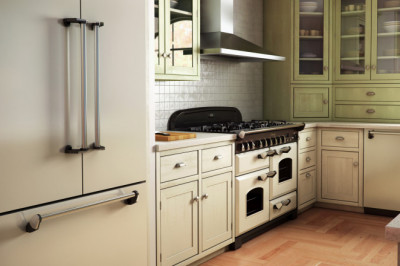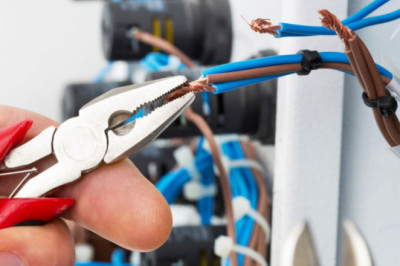views

One suggestion that you will always get from an experienced photographer is to shoot in RAW format or RAW mode. Why? Let’s get an explanation for it.
In this digital age, we all are aware of the term JPEG. JPEG is short for “Joint Photographic Experts Group“. It is the name of the committee that created the JPEG standard.
This format makes life so much easier when we talk about the easiness of capturing a photo and uploading or sharing it on various social platforms. JPEG is also the world’s most widely used format to store image data.
However, if you are a little more familiar with photography or someone who is a professional photographer, you will agree that JPEG format comes with its limitations.
How? Consider an image you shot recently and have issues like low/high exposure or wrong colors. You won’t be able to correct such issues if the image was processed as JPEG. It’s because JPEG is a lossy and compressed format. A lot of data you capture gets lost, as JPEG tries to keep the file size low while processing the image.
To counter this problem, you need to have a format that does not compress your image and stores all image data captured by the sensor to give you the maximum image quality. This format is called RAW, and is available in all Digital DSLR Cameras and Mirrorless cameras.
A quick tip. Capture all your images in RAW format, transfer it to your laptop, do the necessary editing, export the image in JPEG, and then share on various social platforms.












